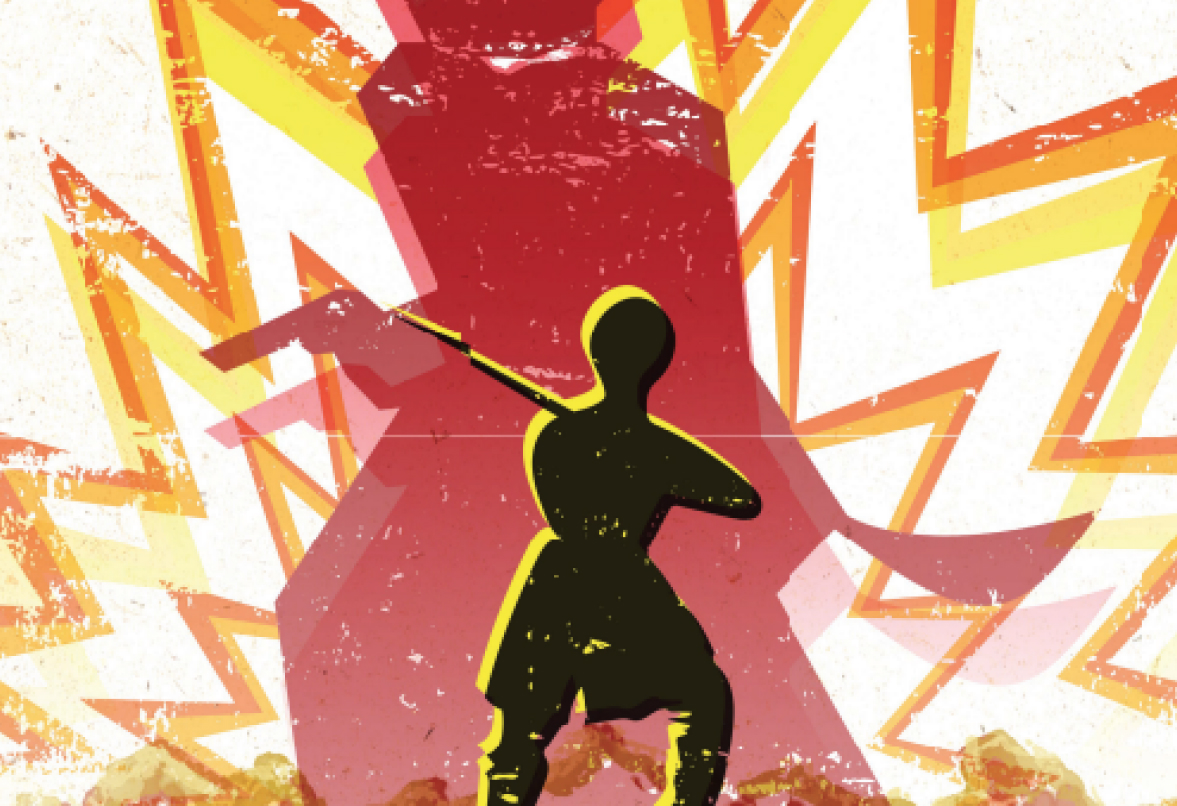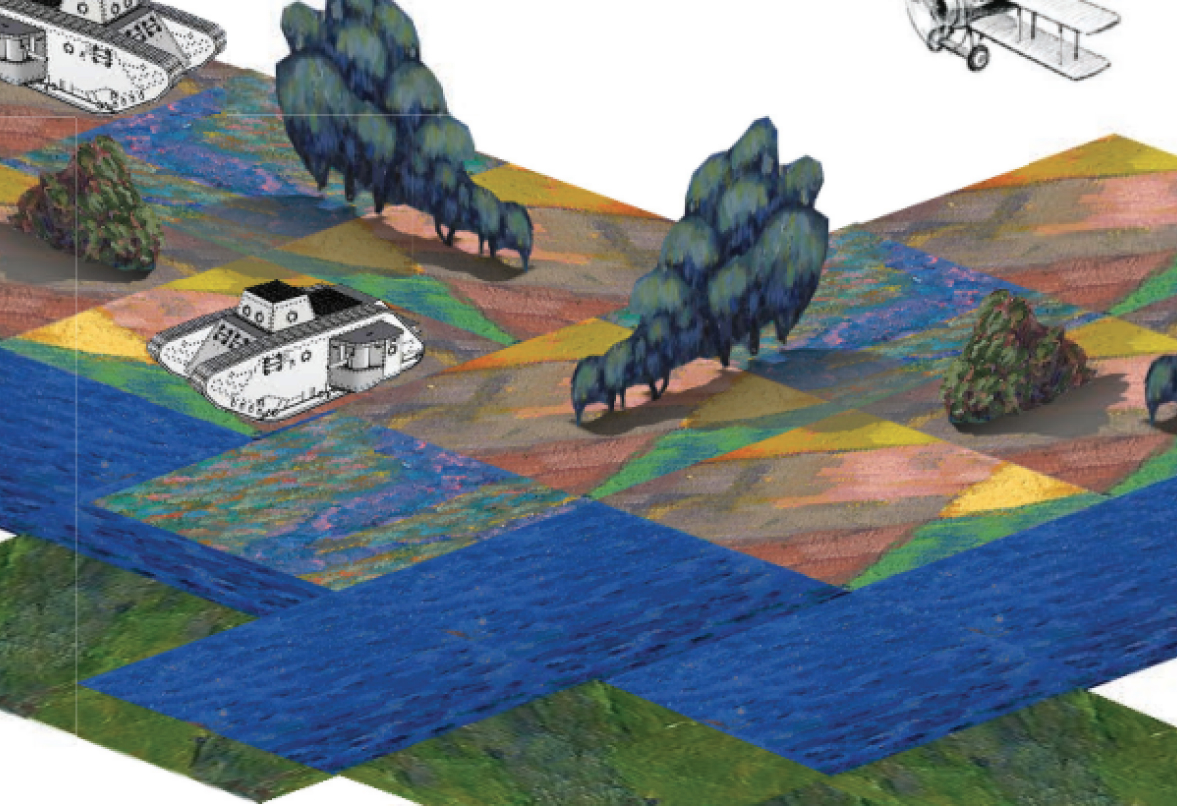Estonian War of Independence
Estonian War of Independence (1918-1920) was one of the national freedom struggles during the collapse of the Russian Empire.
It was an impressive victory of David over the Goliath, and its results shape Central and Eastern Europe up to this day. The Estonian Republic was declared in February 1918, but the advancing German troops occupied the country right away. In November 1918, Germany capitulated to the Entente, and German troops started to leave Estonia. Red Army advanced towards Estonia, intending to reach Germany and start the
world revolution. But Estonians resisted the Red Army fiercely, organized their army quickly, and in a couple of weeks pushed the red troops from the gates of Tallinn to Estonian borders. Significant help was delivered by Finland and Great Britain, later also by the Russian Whites.
The spring of 1919 was spent in heavy fighting, during which the Red Army – now occupying large parts of Latvia – tried to invade Estonia from the south. But Estonian forces managed to resist the pressure. The White Russian Northwestern Army also entered the action during the summer, trying twice to capture Petrograd. Both attempts failed but gave the Estonian troops the chance to move the war out of Estonia and take Pskov.
Yet a new threat emerged: Latvia was taken over by the German free corps. Luckily for both the Estonians and the Latvians, the Estonian army achieved an outstanding victory over the German troops, thus liquidating the danger they posed. The later part of the year was yet again spent in fierce border battles that were especially difficult on the river Narva northeast of the country. But again, the Estonian troops could hold their own against an overwhelming enemy. On February 2, 1920, Estonia and Soviet Russia signed the peace treaty of Tartu, with which Russia recognized independent Estonia.
Lauri Vahtre, historical consultant

